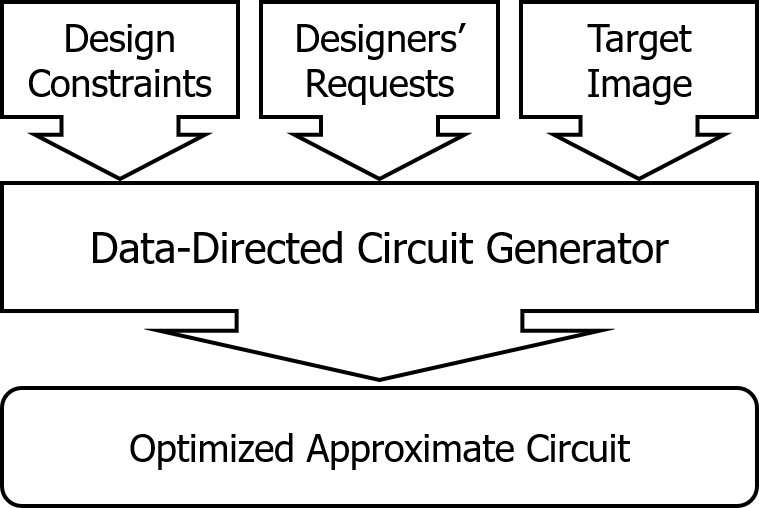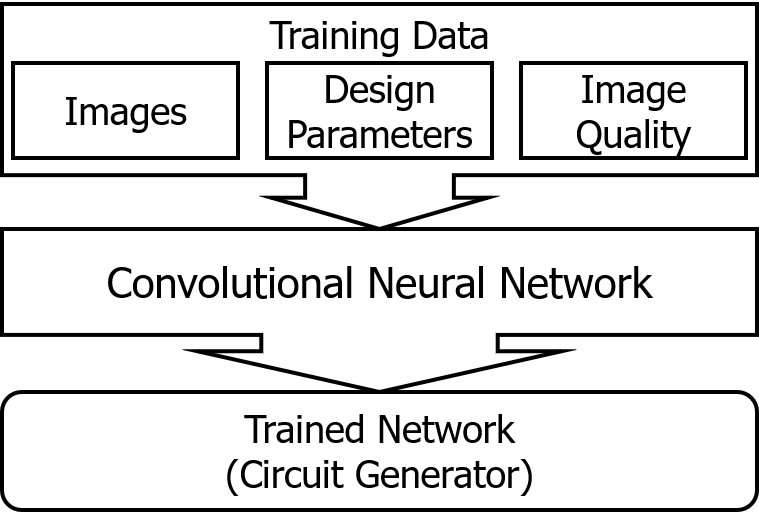December 12, 2018 feature
A new approximate computing approach using CNNs

Researchers at Fukuoka University, in Japan, have recently proposed a design methodology for configurable approximate arithmetic circuits. As part of their study, published on ResearchGate, they applied their method to a prototype system for image processing that relies on deep neural networks.
Approximate computing is a promising computation technique that relies on the ability of many systems to tolerate some loss of quality or optimality in computed results. By reducing the need for precise or entirely deterministic operations, it can achieve high performance with lower energy-consumption.
While many research studies have focused on approximate arithmetic circuits, configurable approximate circuits have only recently become of interest. One of the key challenges in this field is determining parameters for these circuits' configurations, a task that can often be difficult and tedious.
"Our current research focuses on approximate arithmetic circuits," Toshinori Sato, one of the researchers who carried out the study, told TechXplore. "These circuits trade computing accuracy for other design constraints such as power, speed and size. This makes them application specific, rather than for general purpose. We needed an easy design method for application specific circuits that would show the usefulness of approximate arithmetic circuits. We thought that neural networks might help to ease circuit designs."
Past research into configurable approximate circuits has mainly considered circuit structure, without examining target data. This makes it impossible for designers to carry out optimizations based on specific data. The method devised by Sato and his colleagues, on the other hand, is oriented towards processed data, thus considering both applications and their data simultaneously.

"We trained our prototype to identify the relationship between circuit design parameters and processed image quality," Sato explained. "After training, the prototype was able to generate an optimal design from configurable approximate arithmetic circuits, when a specific image is provided."
In the design proposed by Sato and his colleagues, the approximate circuit generator considers its target data, as well as some design constraints and user requirements. Their approach also handles parameterized approximate circuits, automatically determining their parameters. This relieves designers from the tedious and time-consuming task of manually determining parameters.
"The most characteristic feature of our method is that it is data-directed," Sato said. "Many studies have targeted a specific domain application, but we believe that only a few consider both applications and their data simultaneously. This feature is important, as it could ultimately facilitate the widespread adoption of approximate circuits."
The researchers evaluated their method, applying it to a proof-of-concept deep neural network-based prototype for image processing. Their design achieved promising results, processing images almost as well as traditional approaches with significant improvements in power (33.28 percent), delay (5.67 percent) and area (21.86 percent).
"Our prototype is still at an early stage of development," Sato said. "We now have to improve it so that it can consider more needs of designers, such as power consumption, circuit delay and size. Consequently, we would also like to apply the methodology to other applications beyond image processing."
More information: Approximate adder generation for image processing using convolutional neural network. www.researchgate.net/publicati … ional_Neural_Network
© 2018 Science X Network



















